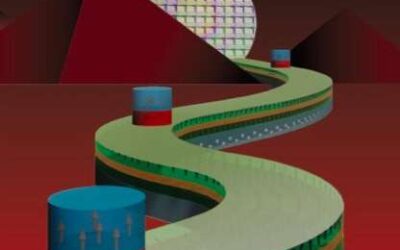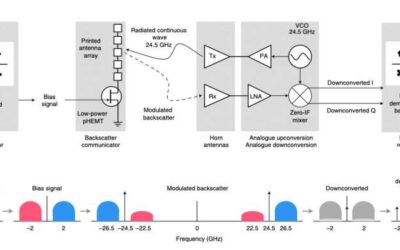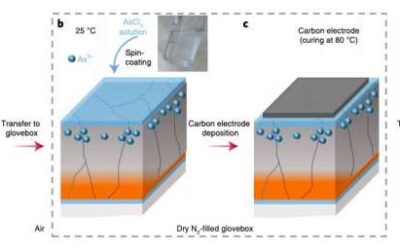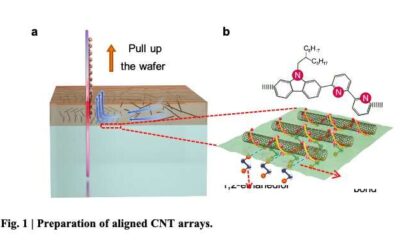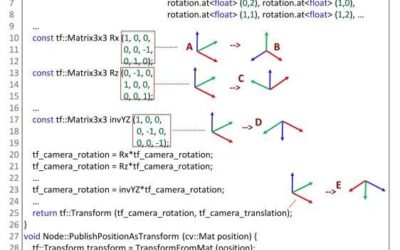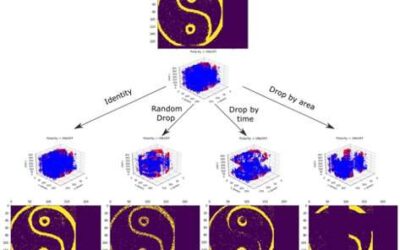Over the past few decades, roboticists and computer scientists have developed a variety of data-based techniques for teaching robots how to complete different tasks. To achieve satisfactory results, however, these techniques should be trained on reliable and large...
TECHXPLORE
The electrical control of domain wall devices based on perpendicular magnetic tunnel junctions
Domain walls (DWs) are boundaries between two neighboring magnetic domains. The electrical manipulation of these boundaries in nanostructures could ultimately lead to the development of new computing systems to store and process information.
An autonomous system to assemble reconfigurable robotic structures in space
Large space structures, such as telescopes and spacecraft, should ideally be assembled directly in space, as they are difficult or impossible to launch from Earth as a single piece. In several cases, however, assembling these technologies manually in space is either...
Researchers realize a printed millimetre-wave modulator and antenna array for backscatter communications
The number of smartphones, laptops and other devices connected to the internet is continuously increasing. This expanding network of connected devices, also known as the Internet of Things (IoT), entails the transfer of large amounts of data over the internet.
Researchers demonstrate low-temperature and effective ex situ group V doping of polycrystalline solar cells
In recent years, engineers have created a variety of solar technologies using different types of materials. These include solar cells based on cadmium telluride (CdTe), a stable crystalline semiconducting compound comprised of cadmium and tellurium.
A new feature selection technique for intrusion detection systems
Network-based technologies have become increasingly widespread, and they are now being used by countless individuals, professionals, and businesses worldwide. Despite their advantages, most network-based systems are highly vulnerable to malicious attacks.
Radiofrequency transistors based on high-purity carbon nanotube arrays
Most next generation wireless communication technologies require integrated radiofrequency devices that can operate at frequencies greater than 90 GHz. Two of the semiconductors most widely used to fabricate radiofrequency devices are silicon complementary...
A high-energy density and long-life initial-anode-free lithium battery
Lithium-metal batteries (LMBs), an emerging type of rechargeable lithium-based batteries made of solid-state metal instead of lithium-ions, are among the most promising high-energy-density rechargeable battery technologies. Although they have some advantageous...
PHYSFRAME: a system to type check physical frames of reference for robotic systems
To move efficiently and safely within different environments, robotic systems typically monitor both their own movements and their surroundings as they try to navigate safely and avoid nearby obstacles. The measurements they gather generally make sense with respect to...
EventDrop: a method to augment asynchronous event data
Event sensors, such as DVS event cameras and NeuTouch tactile sensors, are sophisticated bio-inspired devices that mimic event-driven communication mechanisms naturally occurring in the brain. In contrast with conventional sensors, such as RGB cameras, which are...


